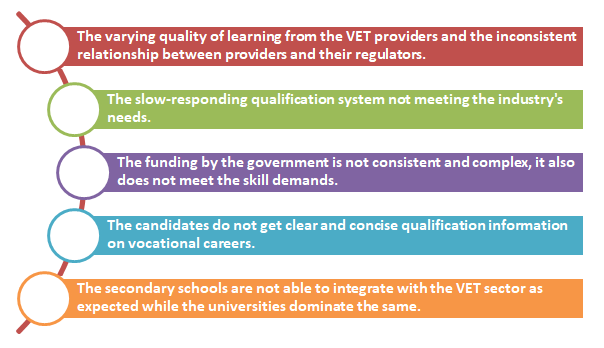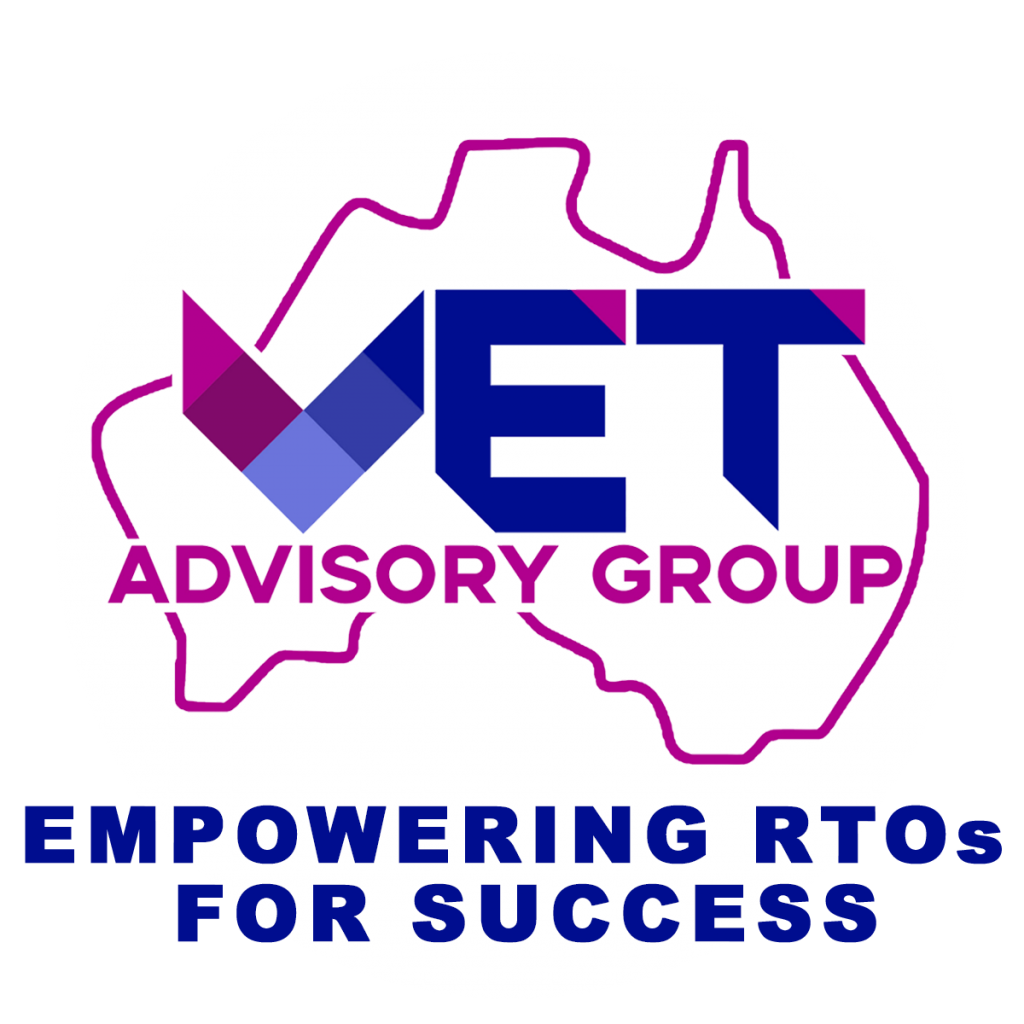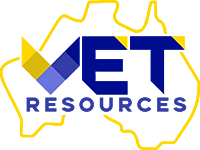

Introduction
The Australian VET sector has been a key player in the country’s economic success. Learners have learned and successfully used their skills in the workforce. Employment and vocational education are still very much in conjunction in Australia. The Australian education attracts a large number of international students also. In the part 1 of the blog, you learned about the history and statistics of the VET system (read it here)
But as the world shifts to a new epoch of work-from-home and digital jobs demand for new learning approaches and agility is on the rise.
Seeing the surge of new jobs and youth demands, the Australian Government has published an independent evaluation of the VET sector. The report is called “Strengthening Skills: Expert Review of Australia’s Vocational Education and Training System“.
This blog will touch on the challenges currently faced by the VET sector. We will briefly touch on the strategic success plan proposed in the report – “Strengthening Skills: Expert Review of Australia’s Vocational Education and Training System”.
Challenges Faced by the VET Sector

human resources over pattern background vector illustration
NCVER (National Centre for Vocational Education Research) also published its Australian VET statistics. The publication gives the readers an employer’s perception of the VET system and accredited courses.
The highlights are as follows:
- In 2021, 56.6% of employers used certified training to meet their skill demands.
- In 2021, 27.1 % of employers provided nationally certified training to their employees.
- In 2021, 74.3% of employers stated that vocational qualifications met their skill needs.
- In 2021, 74.2% of employers stated that apprentices and trainees’ training met their skill needs.
- In 2021, 78.7% of employers stated that other nationally recognised training met their skill needs.
- 44.0% of employers had new training demands because of the COVID-19 pandemic.
- Main reasons for dissatisfaction for the rest of the employers as follows:
- Employers stated that relevant skills were not being taught to young people.
- Employers stated that the training is of a low standard.
- Employers stated that VET providers are not paying enough focus to practical skills.
- Employers stated that the training is of a low standard.
- Employers stated that the training is expensive to provide to the employees.
The report – “Strengthening Skills: Expert Review of Australia’s Vocational Education and Training System”. The report talks about the current status and issues of the VET issues. It provides a six-point plan to fix the issues also.
Key Issues in The VET Sector

If there are issues in Australia’s VET sector, several consequences may arise. Firstly, the quality of education and training provided by VET institutions could suffer, leading to a lack of necessary skills among learners. This could result in a mismatch between industry demands and the skills available in the workforce. Additionally, the reputation of the VET sector may be negatively impacted, causing a decline in enrolment and reduced confidence from employers. Consequently, securing suitable employment opportunities may become more challenging for individuals, hindering their career prospects and overall economic growth.

- The varying quality of learning from the VET providers and the inconsistent relationship between providers and their regulators.
VET providers offer inconsistent learning quality, raising concerns about their relationship with regulators. Regulators must ensure that VET providers deliver high-quality education and training, fostering trust and improving the learning experience for students.
- The slow-responding qualification system not meeting the industry’s needs.
The qualification system responds slowly and fails to meet the industry’s needs. This hinders the development of a skilled workforce. To bridge the skills gap and address industry demands effectively, the qualification system should be more responsive, promptly adapting to changing requirements.
- The funding by the government is not consistent and complex, it also does not meet the skill demands.
Government funding in the VET sector lacks consistency and is complex, failing to align with skill demands. To better meet the needs of industries and students, it is essential for the government to provide funding that is more consistent, streamlined, and reflective of the skills in demand.
- The candidates do not get clear and concise qualification information on vocational careers.
Candidates face challenges in obtaining clear and concise qualification information for vocational careers. It is crucial to provide comprehensive and easily accessible information about qualifications, career pathways, and opportunities in the VET sector, empowering learners to make well-informed decisions about their education and future career options.
- The secondary schools are not able to integrate with the VET sector as expected while the universities dominate the same.
Secondary schools often struggle to integrate effectively with the VET sector, while universities dominate the educational landscape. Enhancing the integration and collaboration between secondary schools and the VET sector is essential. This ensures that children in schools, as students, have access to a variety of educational pathways beyond traditional university routes, enabling them to explore and pursue vocational options that suit their interests and goals.
The report has also recommended changes in six areas to counteract the issue faced by the VET sector

The six-point plan recommended in the report aims to benefit Australian learners by improving the quality of education and training. It aims to provide alignment with industry needs, providing easier access to funding while enhancing career guidance. These measures will equip learners with valuable skills, boost employability, and contribute to a skilled workforce, promoting personal growth and supporting Australia’s economic development.
- Solidifying Quality of Learning and training provided.
By solidifying the quality of learning and training provided in the VET sector, students like you will receive a higher standard of education, equipping you with relevant and valuable skills. This will increase your employability and contribute to a more skilled workforce, which in turn drives productivity and economic growth in Australia.
- Fast development of new qualifications based on demands.
The fast development of new qualifications based on industry demands ensures that the VET sector stays current and aligned with the evolving needs of the economy. This enables you and other students to acquire skills that are in high demand, enhancing your prospects for securing well-paying jobs and fostering economic growth through a skilled labor force.
- Easy way to get government funding and qualifications should match the skills in demand.
The government can establish easy access to its funding. It should also ensure that qualifications match the skills in demand which would help close the skills gap in the workforce. This allows individuals to pursue vocational education and training programs without financial barriers. It would also ensure that the skills acquired are directly relevant to the labour market, positively impacting economic growth.
- A more streamlined, detailed, and supportive career guidance for the youth of Australia.
Improving career guidance for young individuals would provide clear information about vocational pathways, job prospects, and skill requirements for them. This would empower learners to make informed decisions about their education and career choices. This would, in turn, lead to better alignment between their skills and the needs of the labour market. This alignment would contribute greatly to increased productivity and economic growth.
- The secondary school teaching system of Australia should better integrate with the VET sector.
A better and cohesive integration between secondary schools and the VET sector would ensure that learners have greater exposure to vocational education options early on. This would enable learners to explore diverse educational pathways beyond traditional university routes which would foster a more balanced and comprehensive workforce. This integration would help meet the skills needs of various industries, supporting economic growth across sectors.
- Better access to job opportunities and learning opportunities for the disadvantaged learners of Australia.
Enhancing access to jobs and learning opportunities for disadvantaged learners is crucial for achieving greater socioeconomic equity. Disadvantaged individuals can overcome barriers and acquire valuable skills by receiving equitable access to VET programs, job placements, and support services. This not only improves their personal livelihoods but also contributes to a more inclusive and prosperous economy by utilising the untapped potential of diverse talent pools.
Addressing the key issues in Australia’s VET sector is crucial. The recommended six-point plan aims to strengthen the sector by solidifying and integrating development, funds, and better career pathways for learners from every age group. The report recommends VET system to be inclusive and supportive.
of disadvantaged learners. These changes will benefit Australian learners while driving economic growth through a skilled workforce.
Conclusion
The VET remains a popular choice of employers for finding skilled employees. Though the sector is seeing a shift to new qualifications and jobs the process needs to be fast to meet the growing demands of the youth. With a strong Australian labour force, policy developments and vocational education research, the VET sector is bound to see more success.
At VET Advisory Group, we offer resources that can help you shape the future of VET students and make you an Australian training provider. For more information click here.

